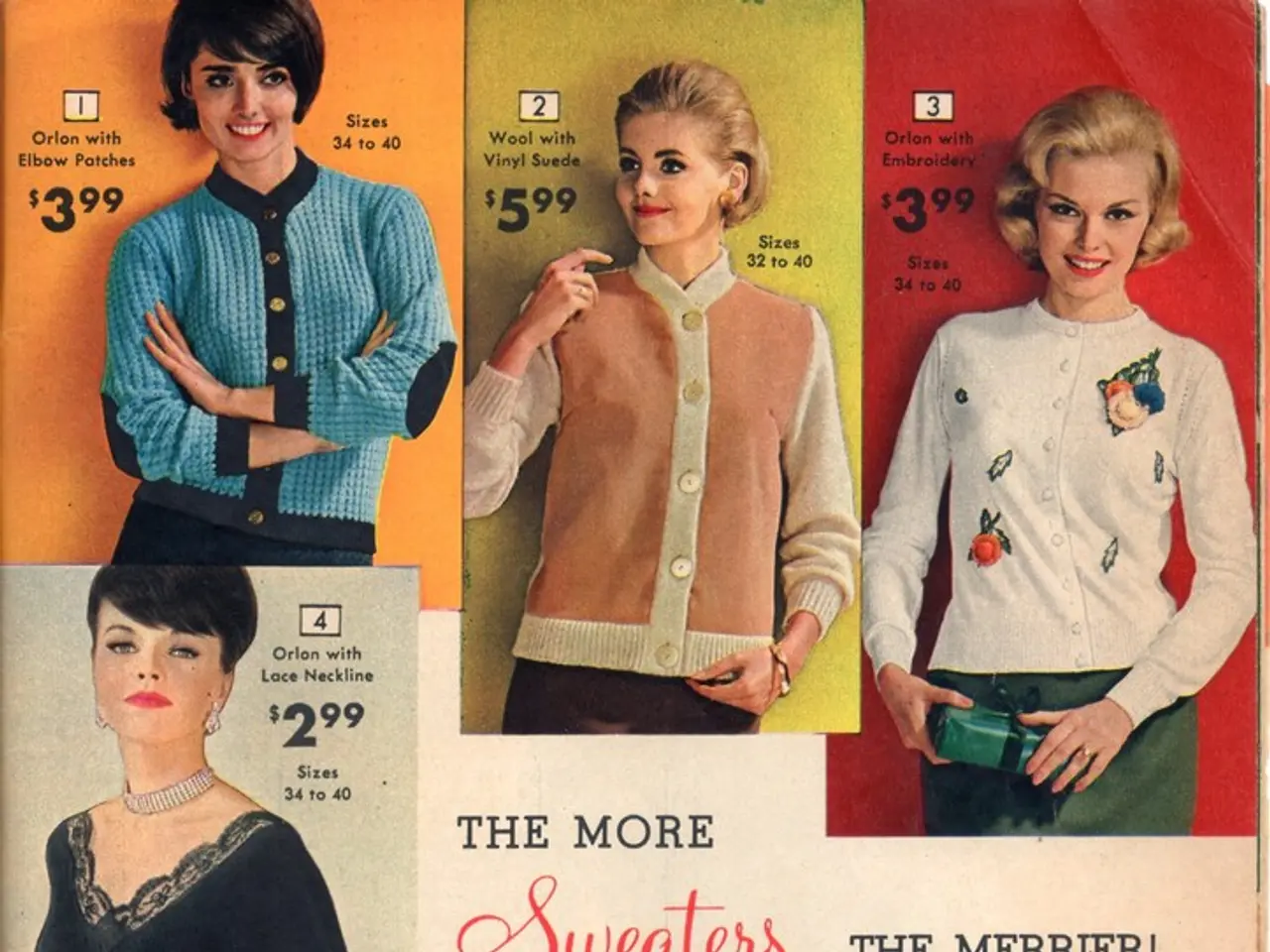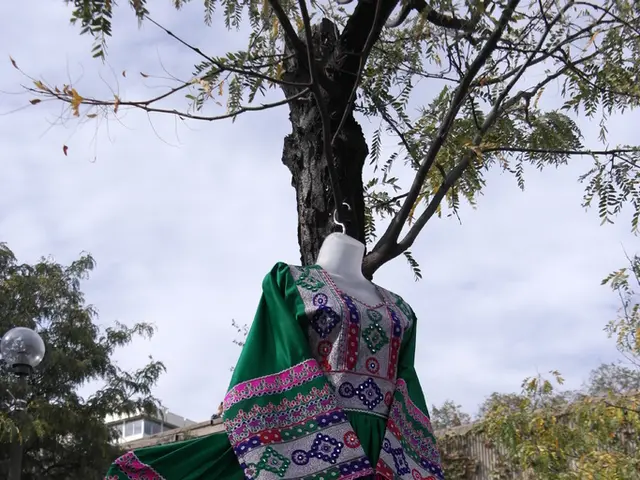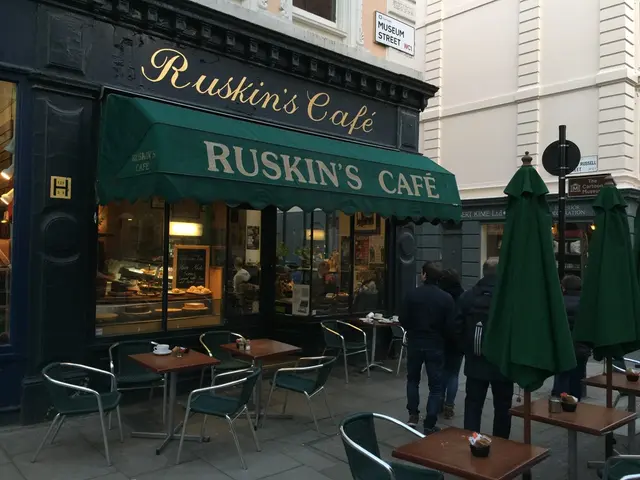Age-old attire showcasing decades of cultural self-expression
In a world where modernity is swiftly taking over, efforts are underway to keep traditional methods alive, ensuring that they remain relevant in today's society. This movement is particularly evident in the fashion industry, where contemporary designers are incorporating traditional patterns and techniques into modern designs, creating a dialogue between the old and the new.
Younger generations are embracing this fusion, adapting traditional clothing to reflect their current identities. This is often achieved through adding modern cuts or mixing traditional attire with contemporary accessories. By doing so, they are not only fortifying familial and cultural bonds but also allowing young adults and children to actively participate in the maintenance and evolution of their cultural identity.
Educational institutions and cultural organizations are playing a significant role in promoting traditional textiles and craft skills. Workshops, exhibitions, and educational programs are being organised to keep these age-old practices alive and relevant. This resurgence of interest in traditional clothing is fueled by a desire to connect with cultural roots and to embrace sustainable fashion practices.
Traditional African prints and Eastern European embroidery techniques are now being seen in international fashion, showcasing a celebration of diversity and the adaptability of cultural dresses in a multicultural world. Each culture's traditional clothing provides a unique window into their history, values, and social structures through the use of colours and patterns.
For instance, Korean Hanbok, the traditional Korean dress, uses colours like yellow, green, pink, purple, and black, each symbolising different meanings such as royalty, wealth, youth, femininity, and mourning. Similarly, the Nsukka people of Nigeria use red to represent power, ancestral lineage, and blood ties, while the Igbo people wear traditional attire that reflects their identity, status, spiritual beliefs, and ancestry.
In Sudan, indigo-dyed cloth symbolises status among Nubian communities, while bright colours and patterns are used by the Beja peoples to reflect social status and cultural identity. The Rashaida, an Arab group, wear black embroidered cloaks to signify group identity and distinction.
The burgundy colour, globally, symbolises passion, strength, and ambition, often featured in celebrations, weddings, and festivals, symbolising joy and abundance.
Native American regalia's intricate beadwork symbolises spiritual beliefs and historical narratives, while exploring genealogy often intertwines with the examination of traditional clothing, providing a physical representation of heritage.
In the Scottish Highlands, kilts are linked to specific clans and weave together a person's heritage and family history. Global trends and cross-cultural exchanges are influencing traditional clothing styles, resulting in unique fashion developments that honour original designs while integrating elements from different cultures.
Traditional clothing plays an essential role in preserving cultural heritage, acting as a custodian of arts and crafts. Kimonos from Japan signify a wearer's age, marital status, and season through their colours and designs. Vibrant African kente cloth prints are ingrained with cultural meanings and worn in ceremonies that celebrate identity and milestones.
In China, red is a colour associated with luck and prosperity, often worn during festivals and weddings. In India, saris can be adorned with specific patterns that tell a family's lineage or regional origin. Many young people are choosing garments that are crafted using traditional methods and natural materials, contributing to a more sustainable fashion ecosystem.
Traditional clothing speaks a universal language of identity, fostering pride, unity, and belonging, transcending borders and connecting people worldwide through shared human experiences of heritage and lineage. It is a testament to the richness and diversity of our world's cultures, and a reminder of the importance of preserving and celebrating our roots.
- Workshops and educational programs are organized to keep traditional craft skills alive in the fashion industry, which is a significant role being played by cultural organizations.
- By wearing modernized traditional clothing, younger generations are not only embracing their cultural heritage but also allowing themselves to actively participate in the maintenance and evolution of their cultural identity.
- The resurgence of interest in traditional clothing is driving the incorporation of ancient patterns and techniques into contemporary fashion, demonstrated by the popularity of traditional African prints and Eastern European embroidery techniques in international exhibitions.
- Apart from serving as a custodian of arts and crafts, traditional clothing also acts as a physical representation of a person's heritage, family history, and cultural identity, such as the Scottish Highland's kilt, which is linked to specific clans.






